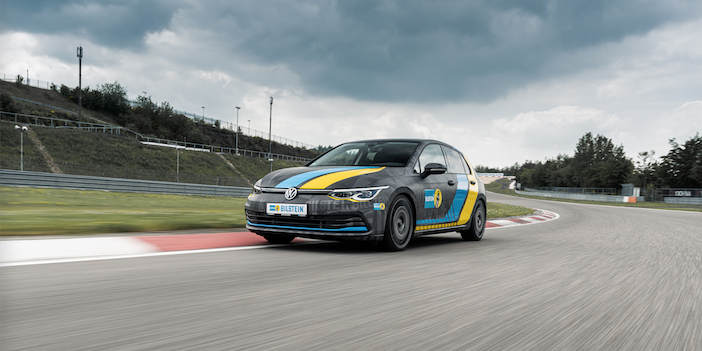A vehicle’s movements around the longitudinal, transverse and vertical axis are called rolling, pitching and yawing. These three rotational movements are the key factors that influence the driving dynamics of a motor vehicle. They produce the rolling-pitching-yawing angle. It is also essential to know how a vehicle behaves in curves. This is called oversteering and understeering, or neutral self-steering behaviour. The latter is ideal when it comes to driving dynamics because the vehicle will stay on the track prescribed by the curve radius, even at high curving speeds.
The self-steering behaviour depends on the design of the vehicle. Important parameters include, in particular, the position of the centre of gravity, the drivetrain concept, the suspension design, and the directional control characteristics of the tyres. While a neutral self-steering behaviour makes a car perfectly controllable, oversteering and understeering will force the driver to take specific countermeasures.
If the vehicle tends to move toward the outer rim of the curve more than would be dictated by the steering angle of the front wheels, this is called an understeering self-steering behaviour. This situation can be counteracted by stepping off the accelerator. If you take your foot off the accelerator pedal a little, the weight shifts to the front wheels and the vehicle has better road grip again. If, on the other hand, the vehicle tends to move toward the inner rim of the curve, this is called oversteering. The driver will have to countersteer to retain control. To sum up, this means: if the vehicle pushes over the front wheels, this is called understeering, if it sideslips and pulls at the rear, this is called oversteering.
As Bilstein’s brand ambassador Walter Röhrl put it, “If you see the tree you’re running into, it is understeering. If you only hear it, it is oversteering.”





